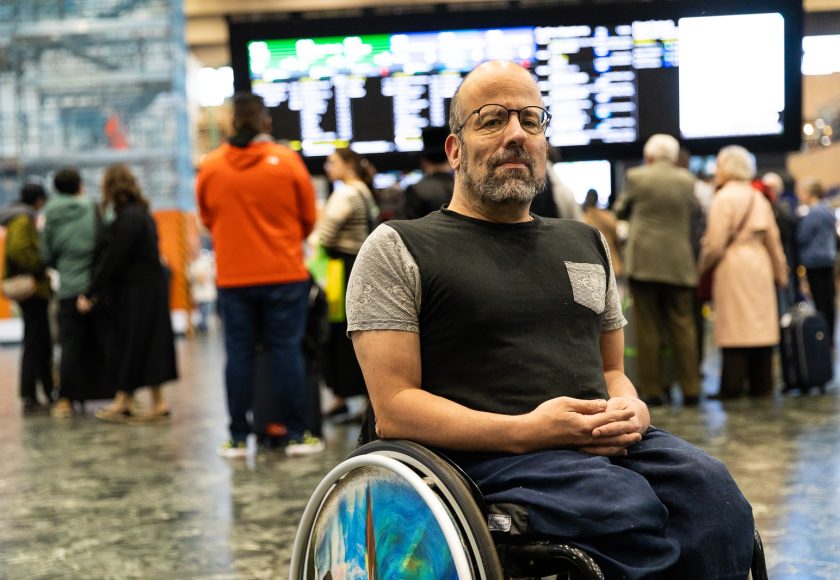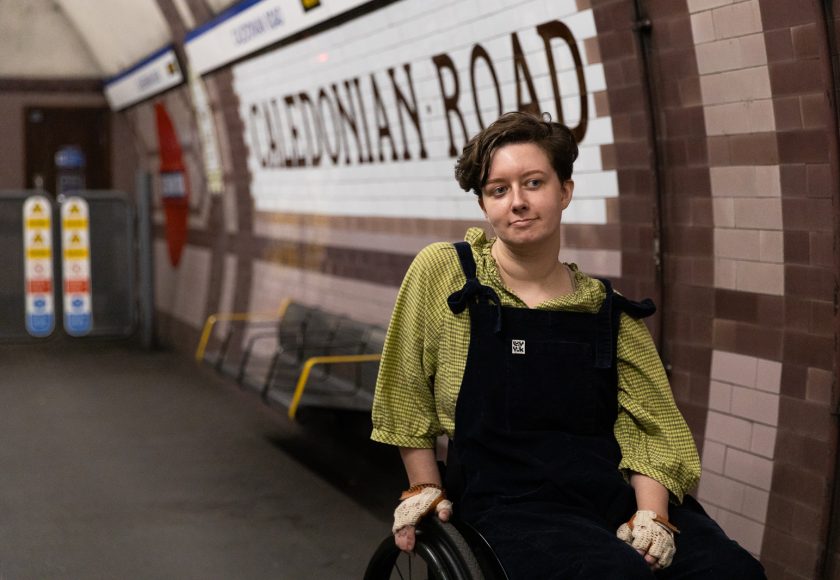
About the survey
Throughout our work campaigning for transport justice, a question we are often asked by decision makers is ‘Where is the evidence?’
Data can be a powerful influencing tool, and there are clearly gaps in the current literature that can hinder change. Key information, such as which barriers to travel are the most significant, how experiences vary across different modes and demographics, and which interventions disabled people would most like to see, are not well documented in official statistics.
Our new report (launching 6th December 2023) is part of Transport for All’s sustained efforts to remedy this injustice by putting the spotlight on our community’s experiences and voices, and documenting the barriers we face and what needs to change. Now, the transport industry must listen and act to deliver transport justice for disabled people.

What we did
Our report will present highlights of the findings from research carried out by Transport for All during 2022 and 2023. This included a literature review and a series of qualitative workshops, which were used to design a survey with 150 questions. The survey asked respondents to share their experiences of making journeys between September 2021 and September 2022. Following the survey, in July and August 2023 we ran a second series of qualitative workshops to test the policy recommendations and conclusions that had come from the survey analysis.
Report launching 6th December 2023.
- 528
- people took part
- 150
- questions in the survey
- 41 minutes
- average time spent filling out survey
- 196,076
- total words written in answer to free text questions
Who took part?
The scope of the report is trips made by disabled adults within England that involved leaving a house or place of residence for any purpose: for example, a trip to the shops, a journey to see friends, a commute to work or place of education, a trip to the doctor, or a trip with no destination (such as going for a walk or a drive). It covers public transport (bus, train, tram, metro, and light rail), private transport (car, taxi, or Private Hire Vehicle), and active travel (walking, wheeling, and cycling). Journeys made via door-to-door community transport, aviation, or maritime were not included in this research.
By disabled, we mean anyone who faces access barriers due to an impairment – including people who don’t use the word ‘disabled’ to describe themselves. This explicitly includes those of us who are Deaf, neurodivergent, chronically ill, have a mental health condition, have age-related impairments, and people with both visible and non-visible impairments.
